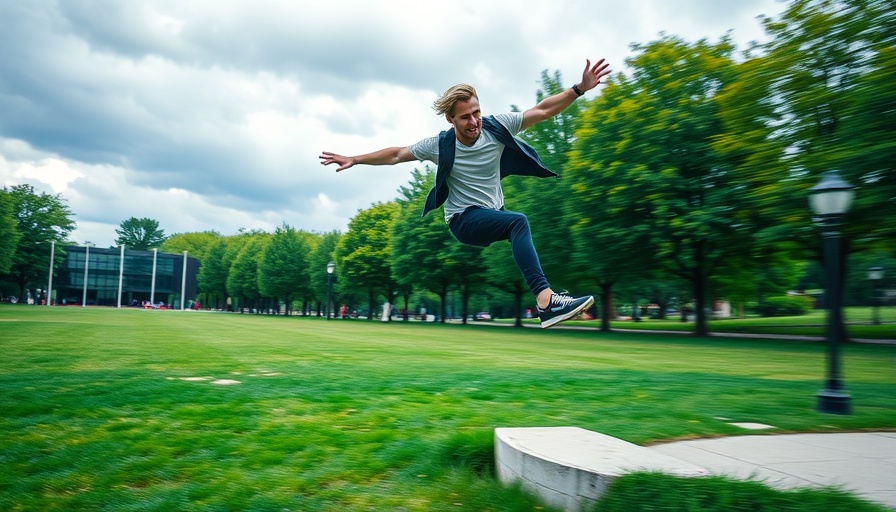
The Importance of Grip in Gymnastic Rings Training
When it comes to mastering skills on gymnastic rings, one crucial aspect often gets overlooked: how you grip the rings. Many may think that strength is the sole factor for success, but in reality, your grip can significantly impact your stability, form, and overall performance.
Understanding the Three Fundamental Grips
There are three essential grips that every aspiring rings athlete should master: the neutral grip, the false grip, and the above the rings grip. Each grip supports different types of movements and should be used appropriately to ensure you maximize your practice and minimize the risk of injury.
Neutral Grip – Your Foundation for Pulling Movements
The neutral grip is best utilized for pulling movements. In this position, the rings can either face each other or face outward. To start, place the pressure on the upper portion of your palms, just below your first knuckles. Wrap your fingers fully around the rings, ensuring that your thumb also secures the grip. It's crucial to keep your wrists straight and not flexed, as this maintains the integrity of your form while performing exercises.
False Grip – Essential for Muscle Ups
Next, we have the false grip, which is essential when performing muscle-ups. This grip involves placing the rings deeper into your palms, around mid-palm level. Wrap your fingers around the rings, ensuring your thumbs wrap over your knuckles. When in this grip, your wrists should be bent but not excessively—I cannot stress enough how maintaining the position throughout the exercise is crucial for success. If done right, the false grip allows for a smoother transition through a muscle-up, making it easier to lift into the above position.
Above the Rings Grip – Holding the Top Position
The above the rings grip is essential for holds like the top position hold. When executing this grip, keep your wrists straight and push down into the rings to lift your body weight. It's important not to over-squeeze the rings; rather, ease into the grip for optimal support. By keeping your arms by your sides and avoiding unnecessary bending of the wrists, you'll enhance your stability in this challenging position.
Why Correct Gripping Matters
The gripping technique you choose directly affects your performance on the rings. For instance, a poor grip can lead to excessive pressure on your wrists, causing injuries that can sideline your training for longer than you may want. Proper grips help ensure that movements are performed safely and effectively, allowing you to reap the full benefits of your rings practice.
Building Strength and Technique Together
Of course, mastering these grips requires not just knowledge but also practice. Pair your understanding of these grips with a structured training routine that focuses on building both upper and core strength. Regular practice involving these grips will not only help strengthen your muscles but also reinforce good form, ultimately leading to greater performance on the rings.
Action Items for Your Training
To get started, evaluate your current grips and how they feel during workouts. Consider the following steps for improvement:
- Assess your current grip: Try each grip and observe where you feel the least strain and maximum strength.
- Practice regularly: Dedicate specific training sessions to mastering each grip separately.
- Focus on wrist health: Perform wrist mobility exercises to prevent injury.
Mastering the art of gripping gymnastic rings may seem minor, but these techniques significantly impact your overall fitness journey. Whether you're a beginner or an experienced athlete, refining your grip can take your rings performance to the next level.
As you embark on this exciting fitness journey, remember that every element counts. Focus on your grip, understand its significance, and watch how it transforms your workouts.
 Add Row
Add Row  Add
Add 




Write A Comment